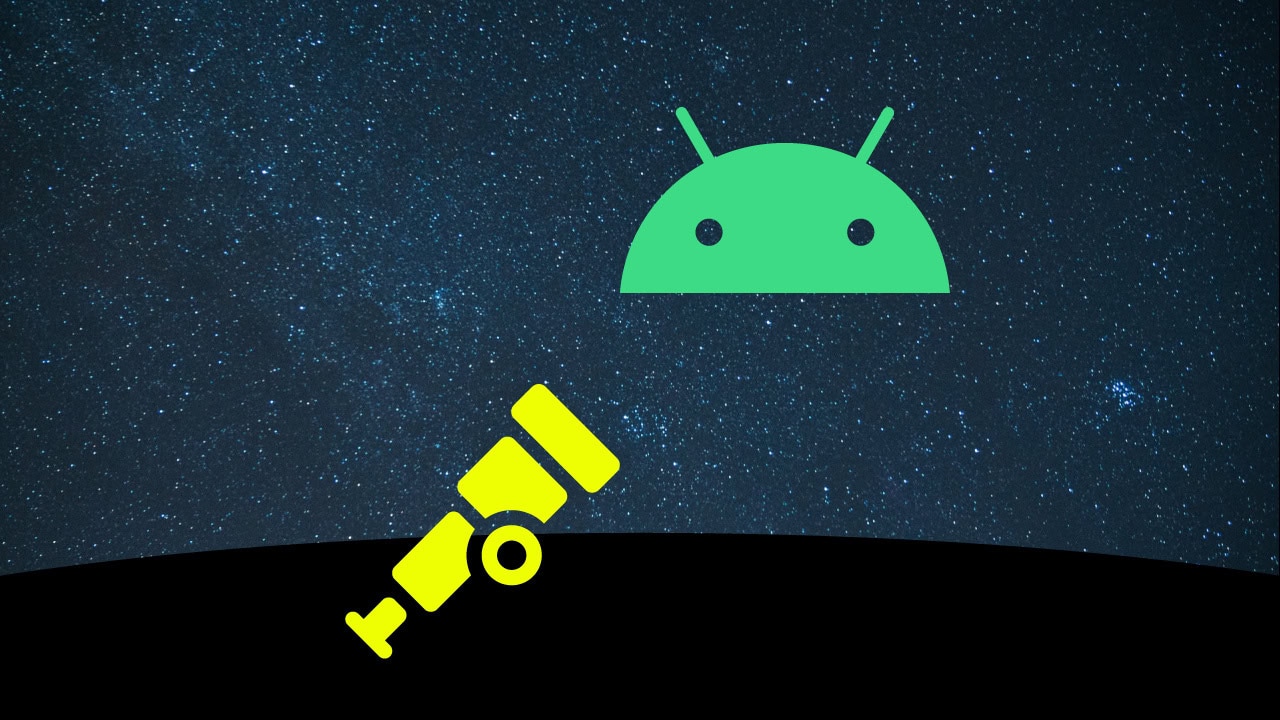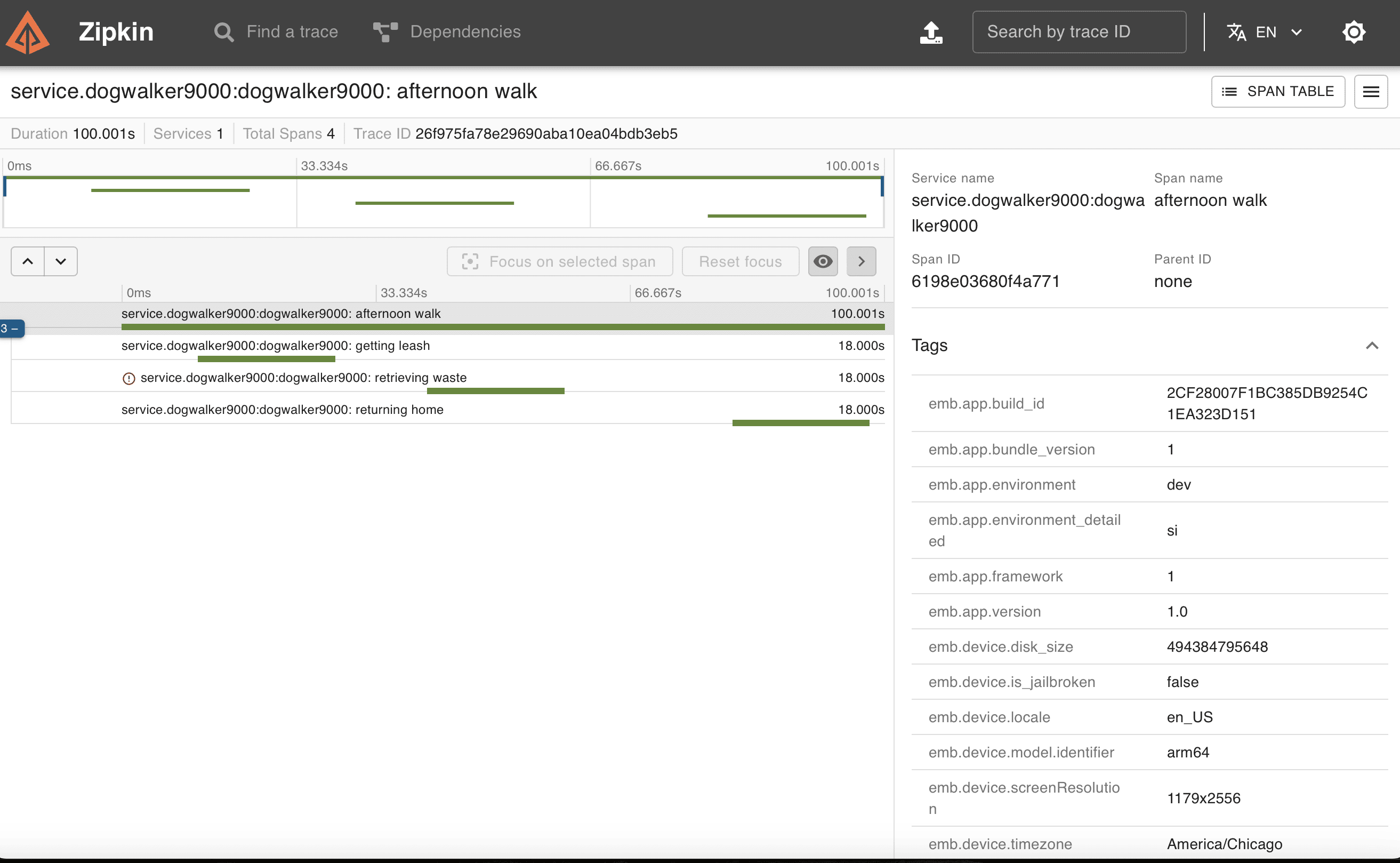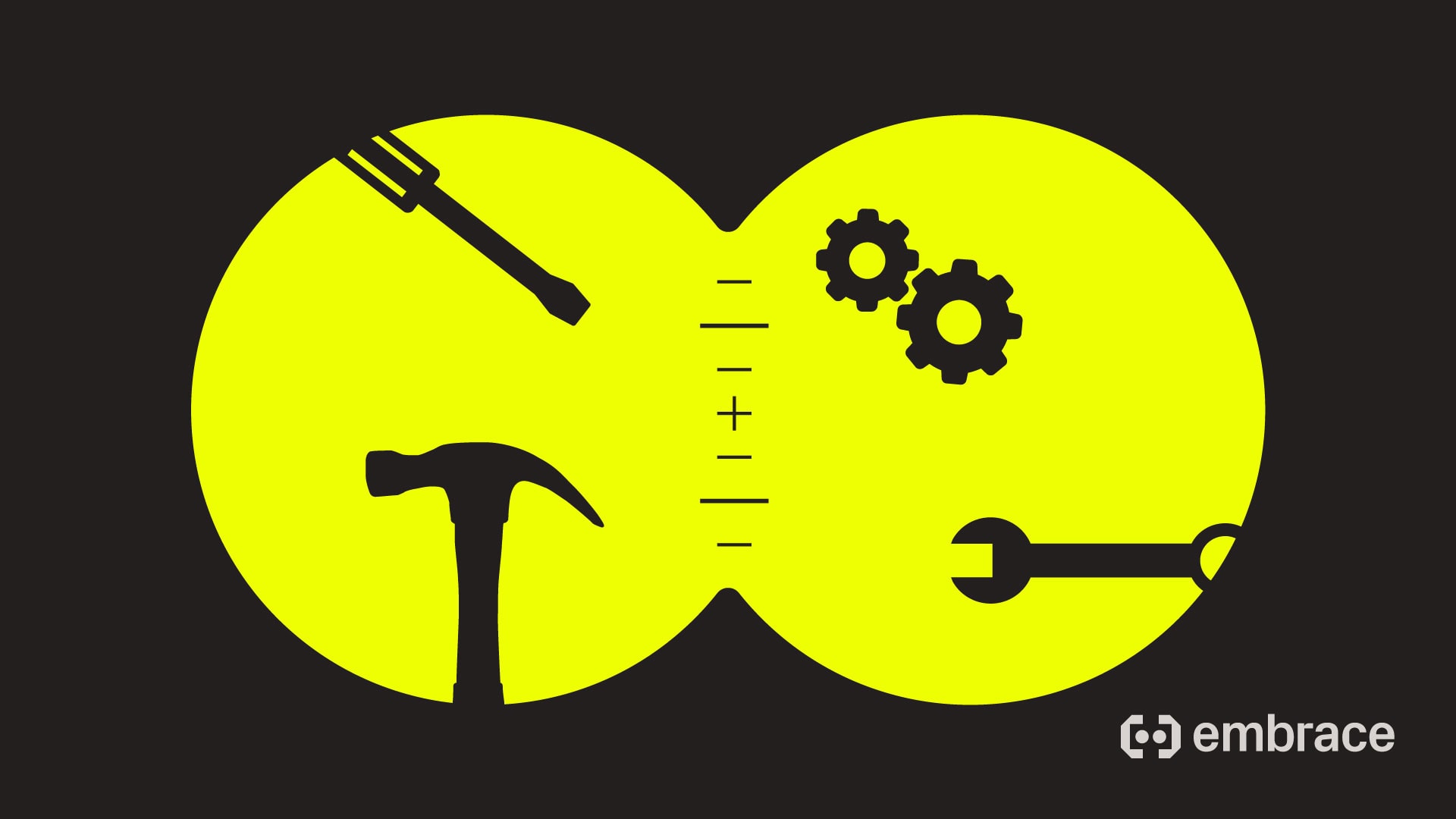
Welcome to our spans exporter tutorial for Android! If you’ve landed here, you likely know that Embrace recently released our Android OpenTelemetry SDK, which is open sourced on GitHub. The new release will let you leverage Embrace’s technology to capture data indicative of any performance issues affecting your app.
Now that our SDKs are OpenTelemetry-complaint, they have the major benefits of:
(1) being fully extensible, so you can broaden the instrumentation to customize the data you want to capture, including collecting telemetry from 3rd-party libraries.
(2) being interoperable with many other open source tools in the OpenTelemetry orbit, which means you can very easily forward your data to where you want to view and analyze it.




